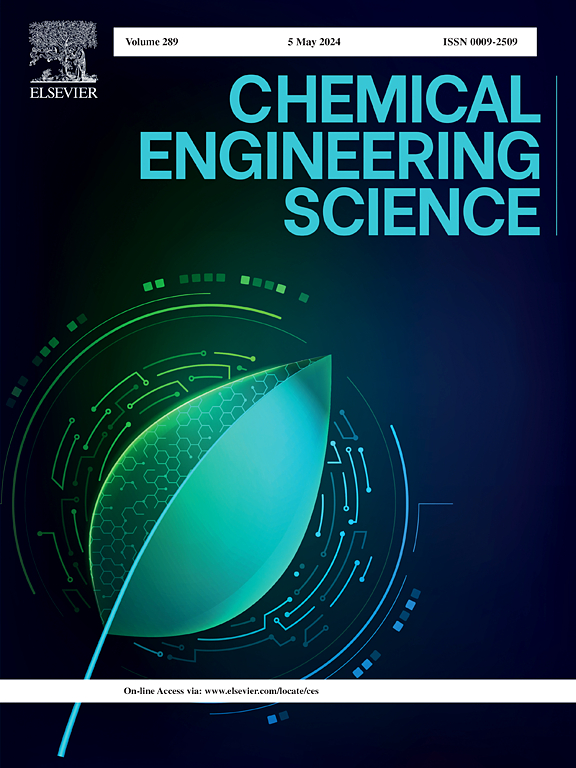基于CPFD仿真数据的循环流化床锅炉内气固横向流动的简单数学模型
IF 4.1
2区 工程技术
Q2 ENGINEERING, CHEMICAL
引用次数: 0
摘要
气固横向流动均匀性对循环流化床(CFB)锅炉的运行安全性、燃烧效率和污染物排放有重要影响,其特征可以通过气固间隙(εg)和颗粒横向运动速度(up)来表现。为了获得丰富的数据支持定量分析和建模,采用计算颗粒流体动力学(CPFD)方法对170 t/h循环流化床锅炉内的气固流动细节进行了数值模拟,并通过现场试验数据进行了验证。在原始模拟数据集的基础上,建立了εg和εg上剖面的简单预测模型。此外,采用理论模型和遗传算法-反向传播(GA-BP)神经网络对固体横向移动行为进行了预测。结果表明,两种模型均具有较好的预测精度,决定系数(R2)均超过0.99。而由物理方程推导出的理论模型则相对简单,具有明确的物理意义。本文所建立的简单模型均可嵌入到整个循环流化床锅炉数学模型框架中,便于对大型工业循环流化床锅炉的运行特性进行综合分析。本文章由计算机程序翻译,如有差异,请以英文原文为准。
Characterization of the lateral gas–solid flow in a circulating fluidized bed boiler using simple mathematical model based on CPFD simulation data
Operation safety, combustion efficiency, and pollutant emissions of circulating fluidized bed (CFB) boilers are significantly affected by the lateral gas–solid flow uniformity, which can be featured by the voidage (εg) as well as particle lateral movement velocity (up). To obtain abundant data to support quantitative analysis and modeling, the gas–solid flow details in a 170 t/h CFB boiler were numerically simulated using the computational particle fluid dynamics (CPFD) method, which has been validated by field test data. Based on the original simulation data set, simple models for the prediction of lateral profiles of εg and up were developed. In addition, both theoretical model and genetic algorithm-back propagation (GA-BP) neural network were applied to predict the lateral solids movement behavior. Results show that both two models exhibit excellent prediction accuracy with the coefficient of determination (R2) exceeding 0.99. While the theoretical model derived from physical equations is relatively simple and has a clear physical meaning. All the simple models developed in this paper can be embedded into the overall CFB mathematical model framework, facilitating the comprehensive analysis of the operational characteristics for large-scale industrial CFB boilers.
求助全文
通过发布文献求助,成功后即可免费获取论文全文。
去求助
来源期刊

Chemical Engineering Science
工程技术-工程:化工
CiteScore
7.50
自引率
8.50%
发文量
1025
审稿时长
50 days
期刊介绍:
Chemical engineering enables the transformation of natural resources and energy into useful products for society. It draws on and applies natural sciences, mathematics and economics, and has developed fundamental engineering science that underpins the discipline.
Chemical Engineering Science (CES) has been publishing papers on the fundamentals of chemical engineering since 1951. CES is the platform where the most significant advances in the discipline have ever since been published. Chemical Engineering Science has accompanied and sustained chemical engineering through its development into the vibrant and broad scientific discipline it is today.
 求助内容:
求助内容: 应助结果提醒方式:
应助结果提醒方式:


